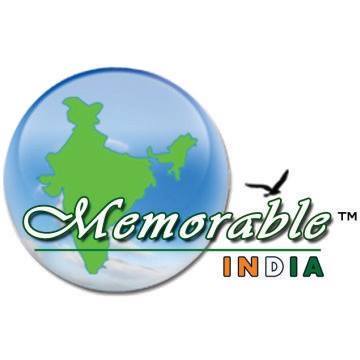Why outbound tourism increased in India
Rajeev hops down the icy cold seat of the thrilling snow ride. He looks around to find his family playing around the majestic snow that covers the famous Swiss Alps. He wonders, his parents would have never even dreamt of affording a trip to Switzerland. Yet, here he was, with his two beautiful kids and his wife, enjoying a dream vacation in Switzerland.
Rajeev is among several such Indians, who have now ventured out and decided to travel abroad, rather than be confined into their own country.
In earlier days, going abroad was unheard of. It was only the extremely well off, and the adventure seekers that did that. Fast forward to 50 years later, India has now become one of the major exporters of tourists in the world. The UN World Tourism Organisation (UNWTO) has predicted that by 2020 India will account for 50 million outbound tourists. Travel agencies claim that as of today India sends out 25 million people, which means that the number will double in a matter of two years. This sudden growth in tourism can be attributed to both – Growing in income levels among people and cheaper rates of such abroad packages.
Interestingly, it is no more an activity meant strictly for the elite. Many farmers are also travelling abroad on a regular basis. Gujarat Tourism Development Society said that farmers and others associated with agriculture roughly comprise around 27 percent of the tourists going overseas from Gujarat. There has been a 3.7-times increase in the total spend of customers travelling to international destinations as compared to domestic destinations with more about 39 percent more Indians travelling this winter as compared to 2016.
Indians are not just travelling abroad in larger numbers, but also are one of the biggest spenders. This further hints at the rise in income levels among people. It was seen that 31 percent of the people were willing to spend over Rs 50,000 on a trip. While the preferred choice of accommodation remained budget hotels, they want to spend more on experiences and exploration of the destination as well as shopping, food, and drink.
This showcased a clear behavioural habit of the Indian Travellers- they were more into roaming the city and soaking int he culture, rather than spending on the luxurious hotels. It was estimated that the spending power of the Indian traveller was four times more than that of the Japanese and the Chinese. To bring more perspective, an average Indian spends – 1,200 dollars per visit, whereas an average American and an average British spend $700 and $500 per visit respectively. It is estimated that the abroad tourism market in India will rise to 93 Billion Dollars by 2030.
Indians are also one of the few travellers that prefer family-oriented activities rather than any other kind when they travel abroad. They prefer to travel with their families. About 62% of Indians prefer such a family-oriented activity, where the whole family can be involved. When it comes to adventure sports, Indians mostly prefer water sports like Scuba Diving or rafting. Another interesting fact is that many female professionals including single mothers, now prefer to travel alone and go for solo trips. With more and more packages offering and catering to females, this has led to a great increase among that target segment.
Another big change that one can notice is that previously Indians liked to book tour packages, that would cover eight to nine countries in two weeks or so. This enabled them to reap the maximum benefit out of the money that they had spent. However, that has changed too. Nowadays, Indians like to have a more immersive experience and want to explore the place extensively rather than cram themselves in group tours. They want to have more of a backpacking feel and are preferring to go for more culturally engaging trips than just merely sought seeings. For the new generation of Indians, it has become more important for them to see one city properly than hop to multiple countries and see everything at a glance.
The travel team of a popular tourism company has commented on this phenomena, by saying that, Indians are indeed preferring to go abroad. With cheaper abroad package rates and more disposable incomes, Indians have finally had the desire to see foreign lands. However, the domestic sector has not really faced a big problem because of this. The travel team went on to say that the international sector and the domestic sector are not dependent on each other. If one goes up it doesn’t mean that the other will go down. They both command two different categories and there has been no change in the number of travellers who travel within the country.
This great foreign travel boom in India spells some good news. With more and more Indians travelling, there is a cross-pollination of cultures. The locals of that country will be more aware of India and see it as a potentially lucrative country to market themselves at. This will increase the number of Indian restaurants or markets in these foreign places. For example- Mt. Titlis in Switzerland has a huge standee of Shahrukh Khan and Kajol since the movie DDLJ was shot there. This was added to make it more attractive to the Indian visitors. Many Indians restaurants have cropped up in foreign locations to facilitate Indian travellers.
This is a great boost for India in general. The ordinary Indian citizen has come a long way from wandering at the Sundarbans to sipping coffee at the top of Alps. While this is great, it should also be kept in check that while chasing these foreign destinations we don’t lose touch of our own country, which too is filled with gems.

